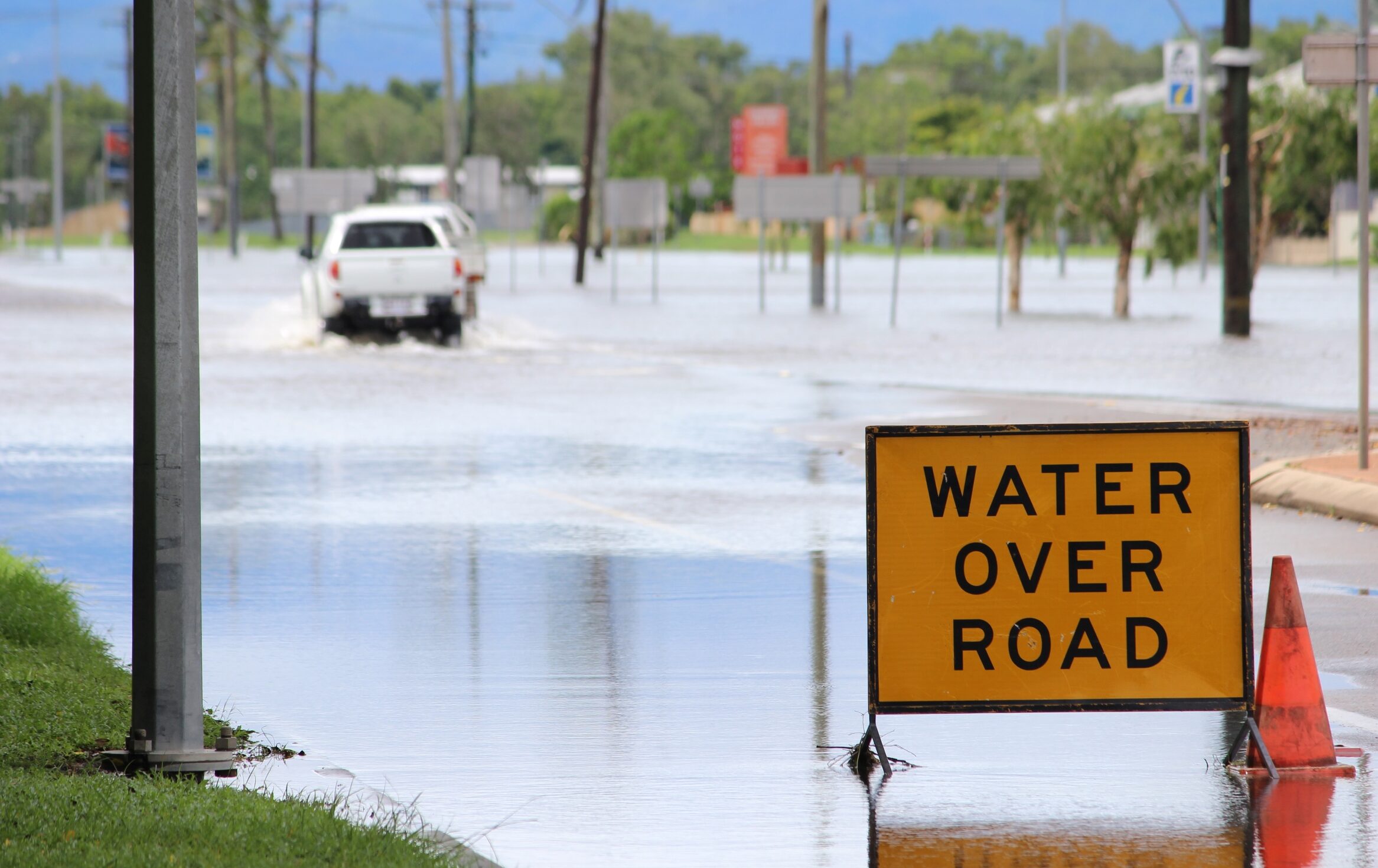The call comes after a new report from by the Australian Local Government Association (ALGA) shows that councils will need to spend more than $2 billion over five years to protect their communities.
It says the benefit from such funding to communities will range from 80 cents to $3.10 for every dollar spent or from $2.2bn to $4.7bn.
ALGA President Mayor Matt Burnett says “the changing climate is putting pressure on communities” and the report highlights ways councils are preparing for, and managing, the ever-increasing impact of climate change, including from natural disasters.
“These examples include planting trees to combat heat, providing community education and preparation for bushfires, coastal hazard management systems and upgrading stormwater systems and flood resilience programs,” he says.
“We are asking the government for a new $400m climate adaptation fund, distributed to all councils each year, to deliver sustainable place-based climate solutions.
“Climate-resilient infrastructure is expensive and takes time to build, so we need sustainable funding from the Federal Government to implement long-term planning and adaptation now and into the future,” Burnett says.
COUNCILS SPEAK UP
Hobart Lord Mayor Anna Reynolds says while there is federal recognition that “the best climate solutions come from those closest to the risks”, there remains “a huge gap” between recognition and funding.
“In Hobart, we’ve seen how collaboration through the ‘Sparking Conversations, Igniting Action’ program helped households prepare for bushfires, manage vegetation, and strengthen community connections,” she says.
Lockyer Valley Regional Council Mayor Tanya Milligan claims they have “a strong reputation” for adapting to climate challenges through action like flood modelling, limited development zones, buy-backs and flood mitigation.
“It’s vital other levels of government invest in the recommendations of this new report, to ensure communities at risk have a safer and more hope-filled future,” she says.
The report considered more than 200 examples of climate resilience work carried out by councils nationwide.






